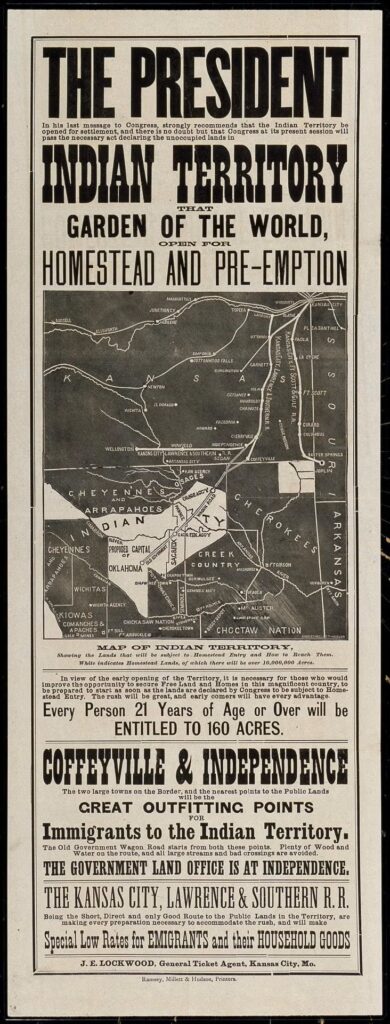Cheyenne, Arapaho, Apsaalooke, Lakota
Who First Walked Here
The homesteading story begins with the original people of this land – the indigenous Tsestho’e (Cheyenne), Apsalooke (Crow), Hinono’ei (Arapaho), and Očhéthi Šakówiŋ (Dakota Nakota Lakota nations). The U.S. government took most of their lands in what is now Montana by the mid-1800s, but designated extreme southeastern Montana, including Powder River Country, as tribal hunting grounds. This “unceded Indian territory” was occupied by the Northern Cheyenne, after being steadily pushed westward by white settlers and fur traders from their original lands near Hudson Bay and the Great Lakes. This treaty – the Fort Laramie Treaty of 1851 – included stipulations for “undisturbed travel” for settlers and “withdrawal of opposition to the construction of the railroads now being built on the plains.”
“Our hearts looked and longed for this country where we were born.”
— Northern Cheyenne Chief Little Coyote / Little Wolf
Powder River Expedition
An early attack on native peoples came in 1865 when Lakota, Cheyenne, and Arapaho warriors moved strategically along the Powder River to defend their homelands. After the destruction of Black Bear’s village during the Battle of the Tongue River when the U.S. Army used howitzers to massacre the Arapaho, warriors regrouped near Mizpah Creek and continued north along the Powder River. Northern Cheyenne Chiefs Red Cloud, Morning Star / Dull Knife, and Roman Nose led strikes against U.S. soldiers as they traveled up the Powder. Near Alkali Creek and Mizpah, warriors harassed supply lines and attacked isolated units. When U.S. troops unknowingly approached a large Indian village, warriors struck first to protect it. Despite limited arms, the warriors forced a retreat—preserving their hold on the Powder River country, if only for a few years.
“We can no longer live the way we used to. We cannot move around any more the way we were brought up. We have to learn a new way of life.“
— Northern Cheyenne Chief Morning Star (Dull Knife)
Reynolds Battlefield
An expedition headed by Colonel Joseph L. Reynolds in 1876 began the end of the unceded hunting grounds in Powder River Country. The original purpose of the expedition was to force the Sioux Indians to return to the South Dakota reservation. Reynolds’ column came across a camp of Cheyenne on the Powder River, and attacked their village thinking they were Sioux. After a five hour battle the Cheyenne drove the soldiers back and made their way to the Ekalaka area where they joined Crazy Horse and his people. This battle was a forerunner to the Battle of the Little Bighorn. A monument located about 28 miles southwest of Broadus illustrates the battlefield story. For more information contact the Powder River Historical Society, 406-436-2352.
Reynolds ordered everything in the Cheyenne village destroyed — a considerable treasure, according to a U.S. Army aide:
“bales of fur, buffalo robes, and hides decorated with porcupine quills.”
Settler Colonialism’s Legacy

Native Americans believed land belonged to the community, not to individuals. They didn’t own land the ways homesteaders conceived of ownership. This conceptual difference raised significant conflicts between settlers and Native Americans.
Indigenous Peoples’ reactions to the influx of ranching in the late 1800s and homesteading in the early 1900s were as complex and varied as Native Americans themselves. Some looked for new opportunities. Many hoped to adapt. Others fought to hold onto their traditional ways of life.
All recognized that changes would alter their lives forever: buffalo numbers decreased; domesticated animals increased; fences were built; water was redirected; more non-native crops were planted; unsustainable farming methods increased; native plants’ diversity dwindled
In 1919 with the goal of increasing a tribal cattle herd, the Bureau of Indian Affairs worked to reduce the 15,000-strong tribal horse herd by killing 100 horses a month. Owners were given $6.55 per hide.
Unknown Northern Cheyenne woman and child, Powder River Country circa 1920, Kodak photo by Elizabeth Henning Rayner.